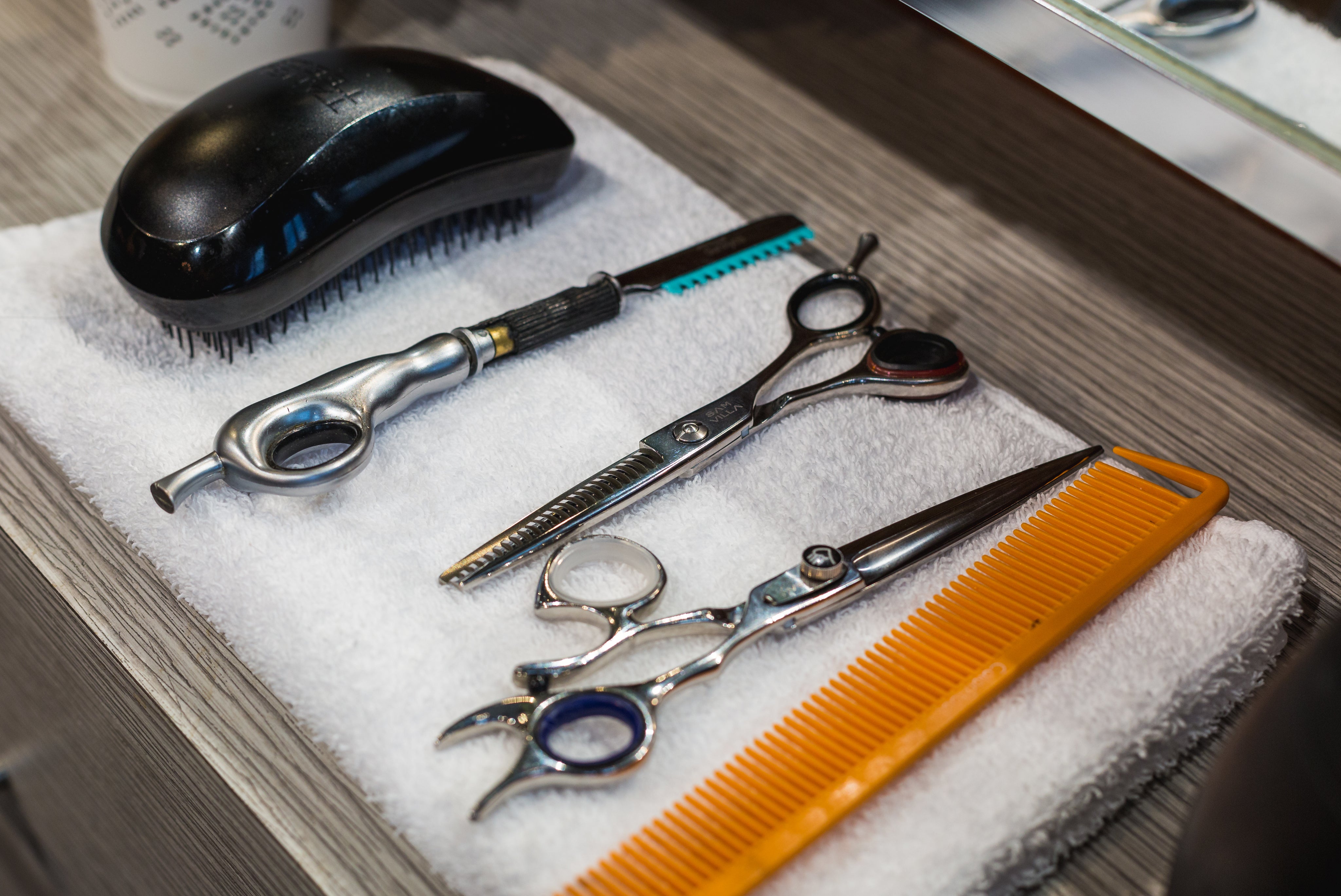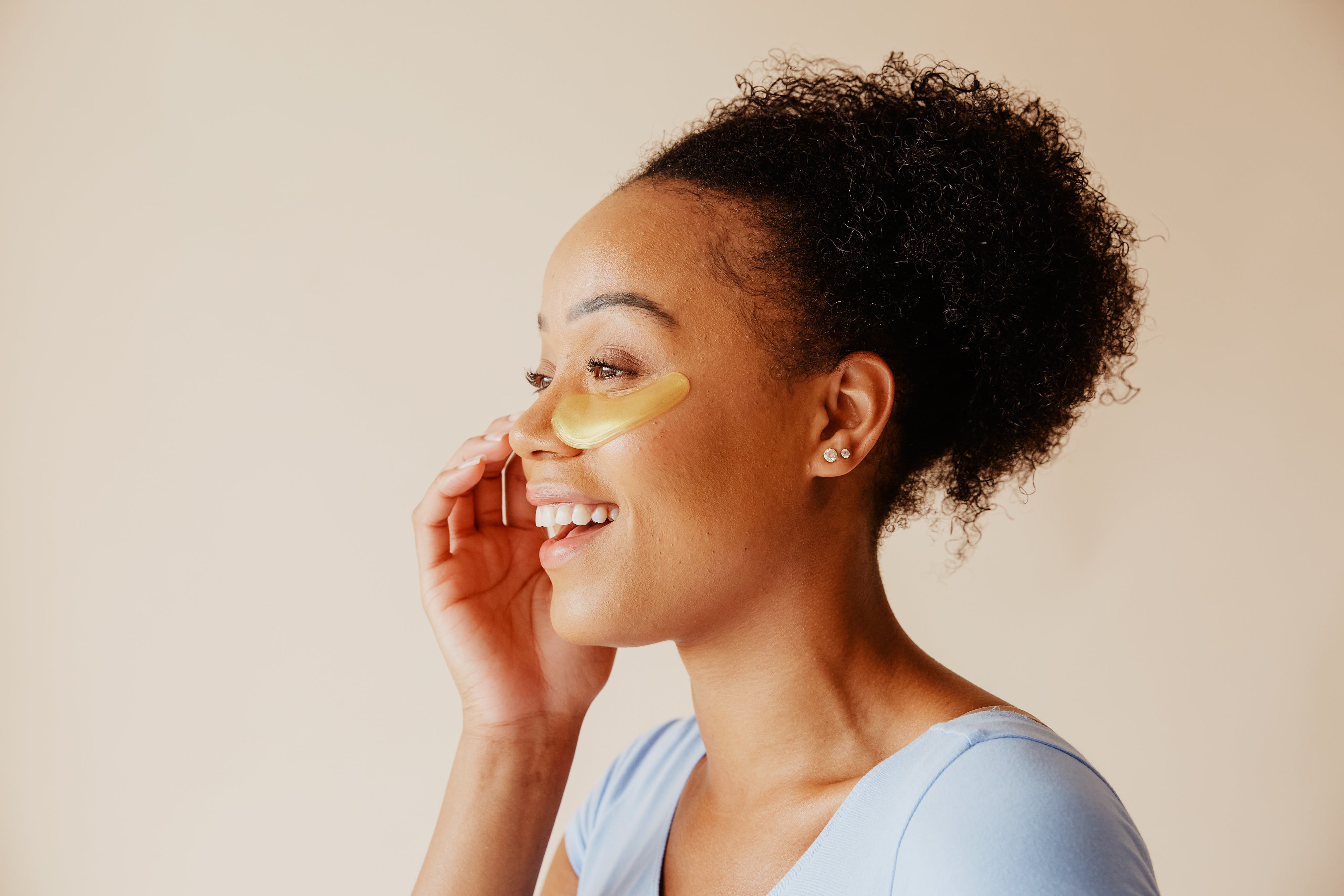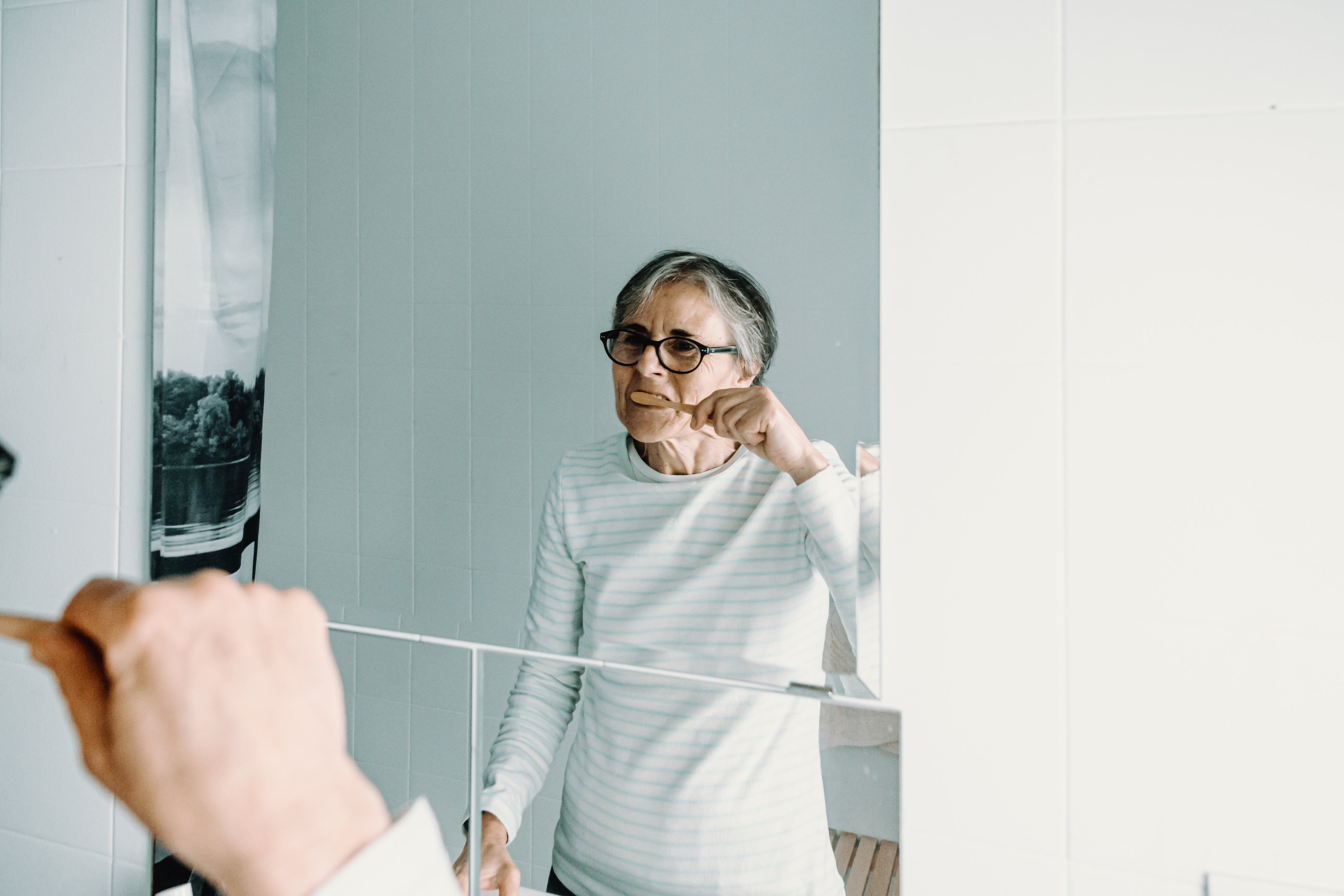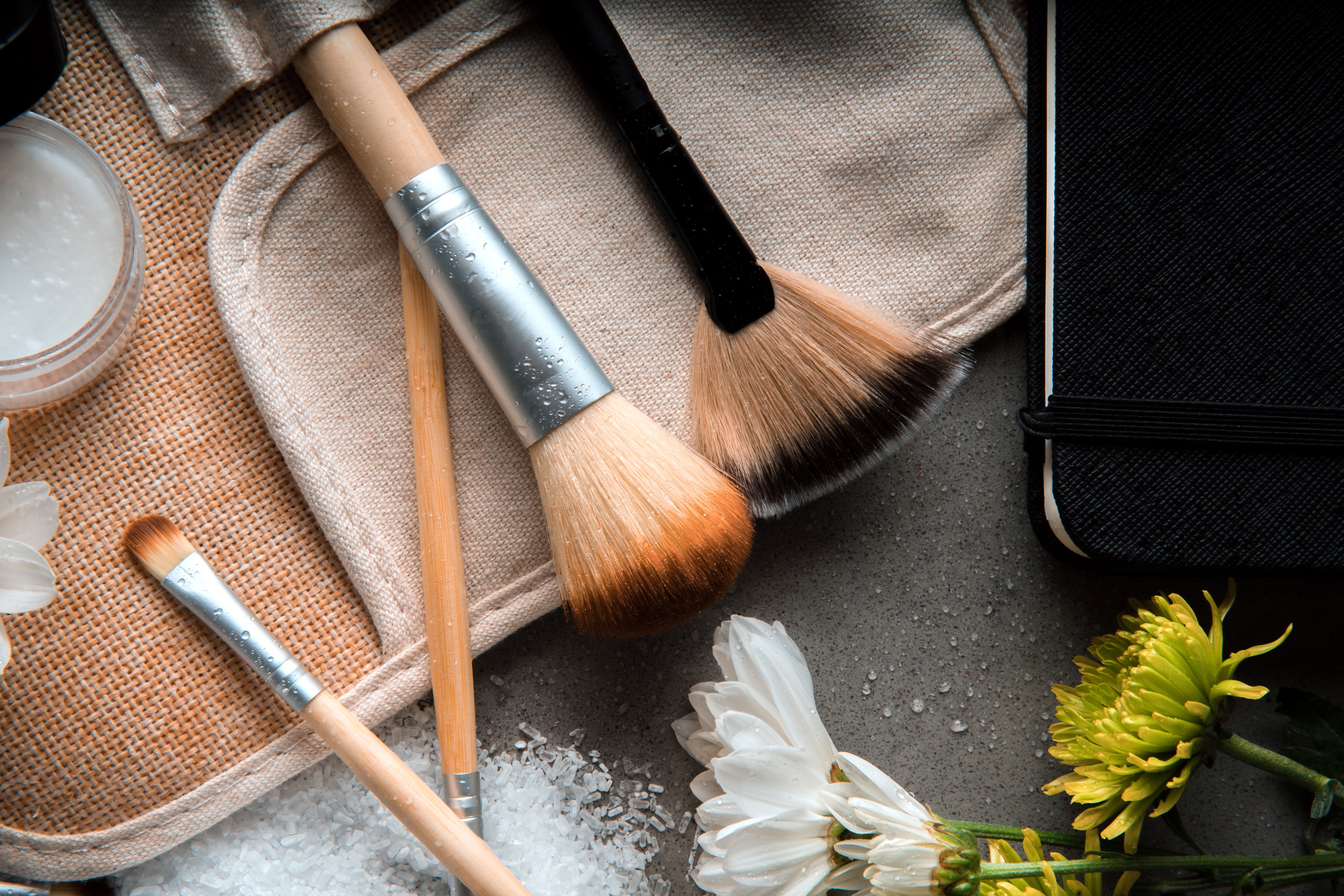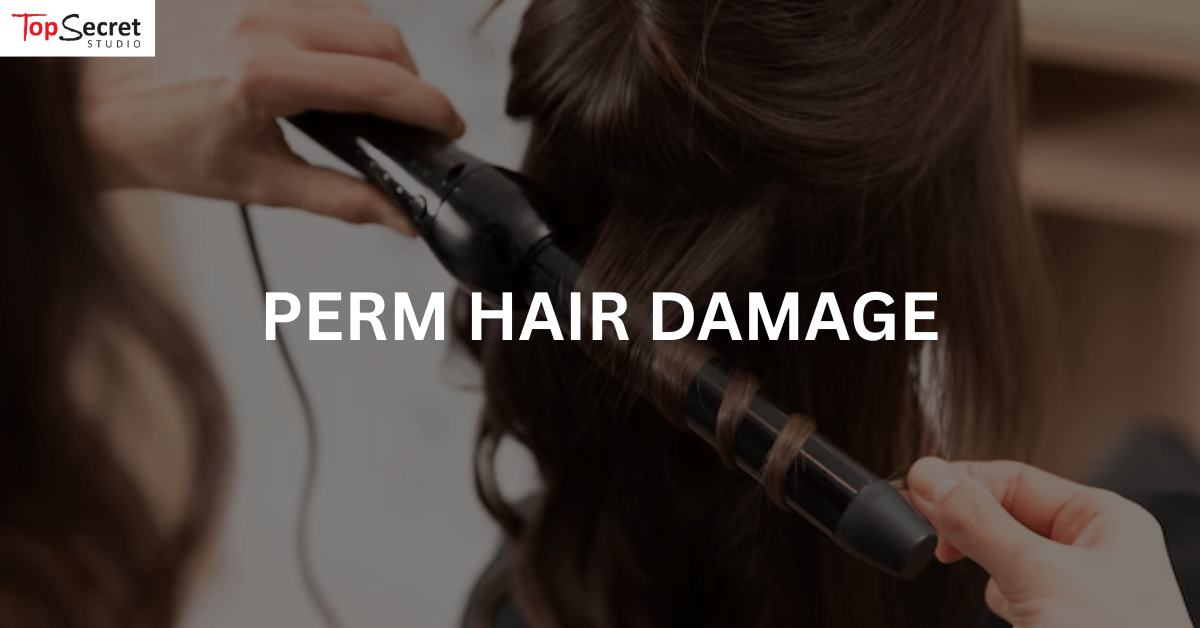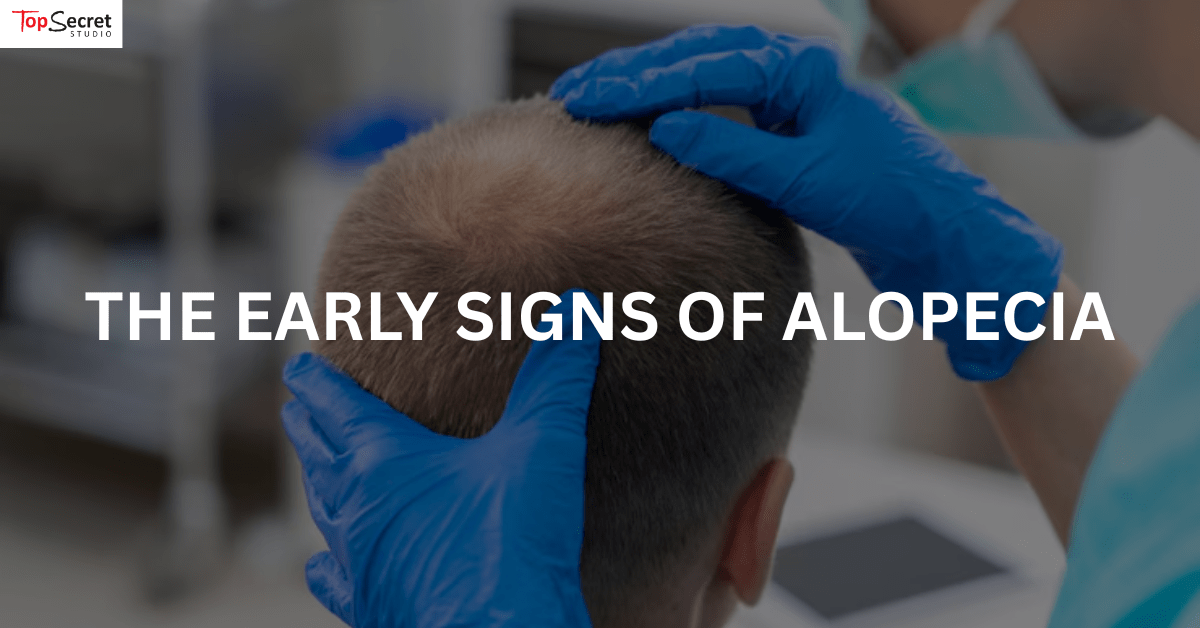
The Early Signs of Alopecia: What to Look Out For
Losing a few strands of hair here and there is a normal part of our lives. We find them on our pillows, clogging the shower drain, and occasionally on our favourite clothes. But when does normal shedding tip over into something more?
This article is your friendly guide to understanding alopecia. From spotting its initial signs, managing the condition, to coming up with hair care solutions that address your specific needs.
What Is Alopecia and Is it Same As Hair Loss?
It’s easy to confuse the terms, so let’s get this out of the way. Hair loss is a broad term describing when you lose more hair than usual. It can be due to various factors, from stress and diet to hormonal shifts.
Alopecia, however, is the medical name for a group of conditions that cause hair to fall out. So, while all alopecia results in hair loss, not all hair loss is due to alopecia.
Understanding this distinction is very important, because inaccurate diagnosis of your hair can do more harm than good. If you're noticing more hair fall than usual, it's worth paying attention to the patterns and other changes.
Early Indicators of Alopecia
The onset of alopecia can be gradual, and the initial signs might be easy to dismiss as just “a bad hair day” or extra shedding. However, being aware of these changes, however subtle or minor, is important to your overall hair care. Here are some early indicators to be mindful of:
Patchy Hair Loss
This is perhaps one of the most visually glaring signs, particularly for alopecia areata. You might notice small, smooth, bald patches appearing on your scalp. These patches are often round or oval and can develop quite suddenly.
Imagine finding a smooth, coin-sized area on your head where hair is simply missing. These patches can appear anywhere on the scalp and sometimes even in the beard area or eyebrows."
Gradual Thinning
For other forms of alopecia, like androgenetic alopecia (often referred to as male or female pattern baldness), the hair loss can be more gradual. You might observe a widening of your parting or a receding hairline. For some, the overall density of their hair might just seem to be decreasing slowly.
Increased Shedding
Finding a few hairs here and there is just part of the routine. However, if you start noticing a distinctly larger amount of hair coming away such as clumps blocking the shower drain after washing, or a worrying number of strands clinging to your hands when you gently run them through your hair, this could signal an acceleration beyond typical shedding.
Changes in Hair Texture
Interestingly, alterations in how your hair feels can sometimes warn you before hair thinning. You might observe that individual strands are becoming noticeably finer in diameter, feel more prone to breakage and snapping (more brittle), or that your overall head of hair simply feels less thick when you run your fingers through it.
Scalp Sensations
It's worth noting that some people experiencing the early stages of hair loss report feeling unusual sensations on their scalp. These can manifest in various ways, such as a persistent itchiness that's not relieved by normal washing, a sensation of burning or tingling, a tenderness to the touch when brushing or styling your hair, or even a feeling of numbness in certain areas of the scalp.
While not everyone with hair loss experiences these feelings, their presence, particularly when coupled with increased shedding, is something to take note of.
Nail Changes
Believe it or not, your nails can sometimes offer clues about what's happening with your hair, particularly in certain forms of alopecia like alopecia areata. Keep an eye out for the development of small, pinprick-like depressions or pits on the surface of your fingernails or toenails.
You might also notice the appearance of raised lines or ridges running along the nails, or that your nails are becoming generally thinner and more prone to breaking or splitting. These changes in nail appearance can sometimes occur around the same time as hair loss begins or even slightly before.
Different Faces of Early Alopecia
It's important to remember that alopecia meaning encompasses various conditions, and the early signs can differ slightly depending on the type:
Alopecia Areata
As mentioned earlier, the hallmark early sign is often the sudden appearance of smooth, circular or oval bald patches on the scalp. These patches usually develop over a short period.
Androgenetic Alopecia
This type typically presents with a gradual and predictable pattern. In men, it often starts with a receding hairline and/or thinning at the crown.
In women, it usually appears as a widening of the parting and overall thinning, most noticeable on the top of the head.
Telogen Effluvium
This condition often manifests as a sudden increase in hair shedding all over the scalp. It’s usually triggered by a stressful event, illness, or hormonal change, and the increased shedding becomes noticeable a few months after the trigger.
Other Forms
Less common forms of alopecia may have different initial presentations. For example, some might begin with scarring on the scalp (cicatricial alopecia), which can be accompanied by itching, burning, and progressive, permanent hair loss in the affected areas.
Conditioners and Shampoos in Alopecia Care
When you're noticing the early signs of alopecia or are already navigating its effects, your choice of hair care products becomes particularly important. While shampoos and conditioners alone are not treatments for alopecia itself, they can play a supportive role in managing the condition and maintaining the health of your remaining hair and scalp.
Gentle Cleansing with Shampoos
The primary job of a shampoo is to cleanse the scalp and hair of sebum, product build-up, and environmental pollutants. For individuals experiencing hair loss, it's generally advisable to opt for gentle, sulphate-free shampoos.
Harsh chemicals can sometimes irritate the scalp and potentially weaken existing hair, leading to further breakage. Look for shampoos that are specifically labelled as mild, for sensitive scalps, or designed to add volume to fine hair.
The Benefits of Gentle Conditioning
Conditioners are designed to moisturise and detangle hair, making it smoother and less prone to breakage during brushing and styling. For those with alopecia, a good conditioner can be particularly beneficial in improving the manageability and appearance of thinning hair.
Ingredients like natural oils, panthenol, and amino acids can help to strengthen the hair shaft and improve its overall resilience. Applying conditioner primarily to the mid-lengths and ends of the hair can help to avoid weighing down the scalp area.
Ingredients to Consider and Avoid
When selecting shampoos and conditioners, paying attention to the ingredient list can be helpful. Some ingredients that may be beneficial include:
-
Biotin: A B-vitamin that supports hair health.
-
Caffeine: Some studies suggest it may stimulate hair follicles.
-
Niacinamide: Can help improve scalp circulation.
-
Saw Palmetto: Sometimes found in shampoos aimed at addressing androgenetic alopecia.
Conversely, it might be wise to limit or avoid products containing:
-
Harsh Sulphates (SLS, SLES): Can be too stripping and irritating for sensitive scalps.
-
Heavy Silicones: While they can provide a temporary smoothing effect, they can sometimes build up and weigh down fine hair.
-
Strong Fragrances and Dyes: These can potentially irritate the scalp.
It's important to remember that while these products can support overall hair and scalp health, they are not a direct treatment for alopecia.
What Should You Do If You Notice These Signs?
If you recognise any of these early signs, it's pivotal to take action. While it can be worrying, early identification allows for a better understanding of what's happening and potential management strategies.
-
Keep a Record: Start documenting when you first noticed the changes, the pattern of hair loss, and any other accompanying symptoms like scalp sensations or nail changes. This information can be valuable when you seek professional advice.
-
Seek Professional Advice: The most crucial step is to consult a dermatologist or a trichologist (a hair and scalp specialist). They can properly diagnose your condition and discuss potential treatment options. Self-diagnosing can sometimes delay appropriate management.
-
Be Patient: Understanding and managing alopecia can take time. Be patient with the process and follow the guidance of your healthcare professional.
Taking Control And Addressing Early Alopecia
Recognising the early signs of alopecia, be it the sudden appearance of bald patches as often seen in alopecia areata, the gradual thinning associated with other forms of hair loss, is the first step.
At Top Secret Studio, we understand the concerns that accompany hair changes, and we believe that informed choices, coupled with the right hair product, can make a real difference. While specialised shampoos and conditioners can support the health and appearance of your hair and scalp during this time, they form part of a larger picture.
If you're noticing any of these early signs, taking the first step to consult with a healthcare professional helps put you on the right track.
Remember, you're not alone in this journey, and there are professionals and resources available to offer support and guidance.
Frequently Asked Questions About Hair Loss Alopecia
Can Sudden Stress Cause Permanent Alopecia Immediately?
While significant stress can trigger certain types of hair loss like telogen effluvium, which presents as increased shedding, immediate and permanent alopecia directly from a single stressful event is uncommon.
If My Father Has Pattern Baldness, Will I Definitely Get Alopecia?
A family history of androgenetic alopecia (pattern baldness) increases your likelihood of experiencing it, but it's not a certainty. Other genetic and hormonal factors also play a role.
Are Dandruff or An Oily Scalp Early Signs Of Alopecia?
Dandruff and an oily scalp are common conditions and not direct early signs of most types of alopecia. However, severe or persistent scalp issues should still be checked by a professional.
Can Styling Products Lead To Permanent Hair Loss?
Most styling products do not cause permanent hair loss. However, overuse of very harsh chemicals or tight, damaging hairstyles can contribute to hair breakage and potentially traction alopecia.
Will Alopecia Always Progress To Complete Baldness?
Not necessarily. The progression of alopecia varies greatly depending on the type. For example, alopecia areata can involve patchy loss with potential regrowth, while androgenetic alopecia follows a more predictable pattern of thinning.
If My Hairline Is Maturing, Is That Definitely Early Alopecia?
A maturing hairline, particularly in men in their late teens to early twenties, is a normal developmental stage and distinct from the more significant recession seen in early androgenetic alopecia. However, monitoring any rapid or excessive recession is advisable.


